
Most teams claim to “know their customers.” Yet when product adoption stalls or messaging falls flat, they realize they’ve been working off assumptions. Traditional research tools—spreadsheets, scattered surveys, and endless interview notes—aren’t enough anymore.
Today’s best teams use customer research software to turn scattered feedback, voice-of-customer data, and qualitative interviews into actionable insights. Whether you’re a UX researcher uncovering friction points, a marketer refining messaging, or a founder validating your next feature—using the right tools can help you learn faster, go deeper, and make smarter decisions with less effort.
In this guide, we’ll explore the best customer research software available today—spanning AI-powered qualitative tools, survey and analytics platforms, and all-in-one research suites. You’ll learn what makes each unique, who it’s best for, and how to choose based on your research goals.
Customer research software helps businesses collect, organize, and analyze insights from their users or target markets. It bridges the gap between raw feedback (what people say) and actionable strategy (what you do about it).
There are three main categories:
Here’s what modern research software can do that manual methods can’t:
Below are the leading tools across qualitative, quantitative, and hybrid research—organized by what type of researcher or team they best serve.
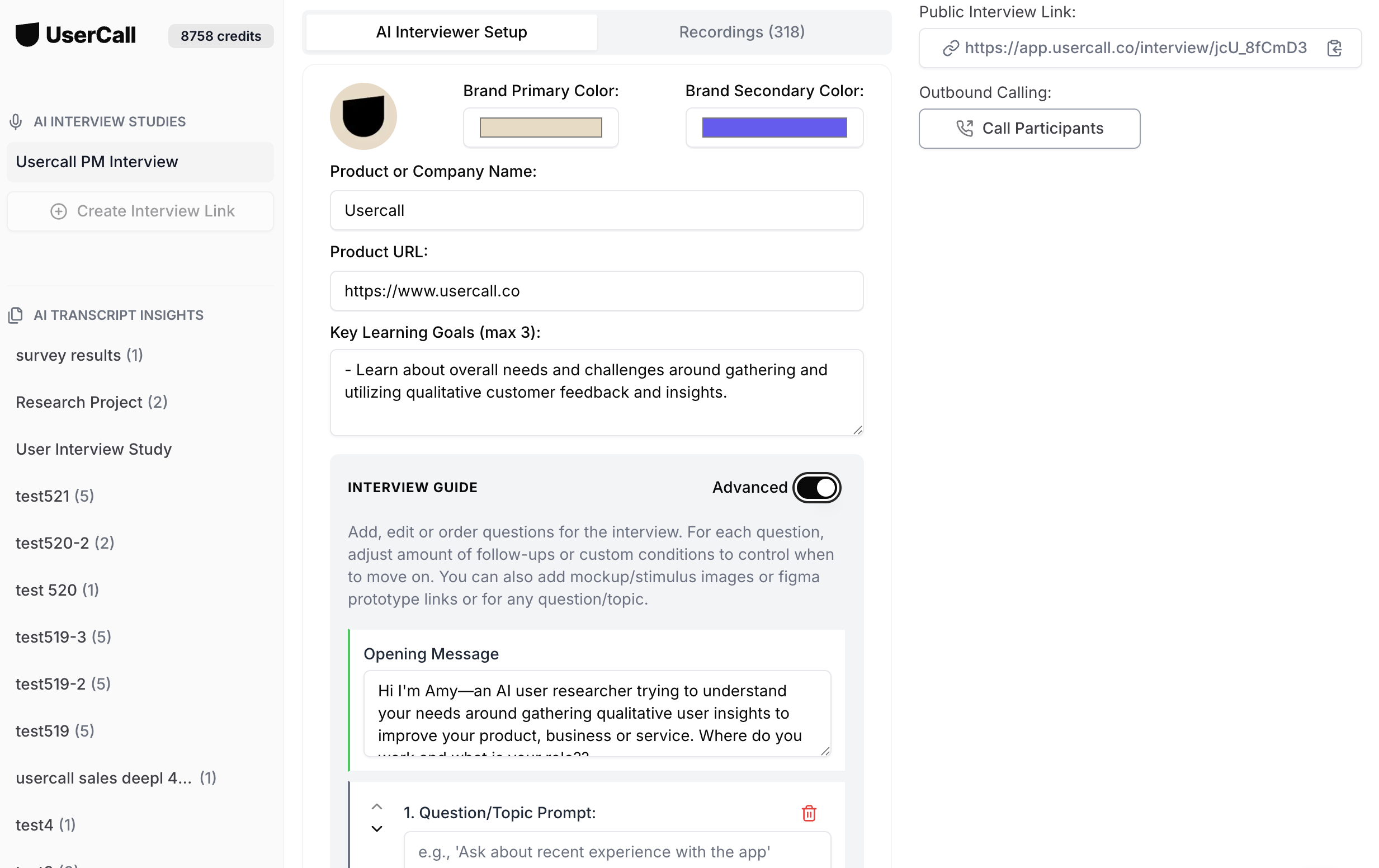
Usercall helps teams run AI-moderated voice interviews and turn them into auto-analyzed insight reports—without scheduling, transcribing, or manually coding responses.
Why it stands out:
Best for: UX researchers, growth PMs, and insights teams who want deep qualitative data at scale.
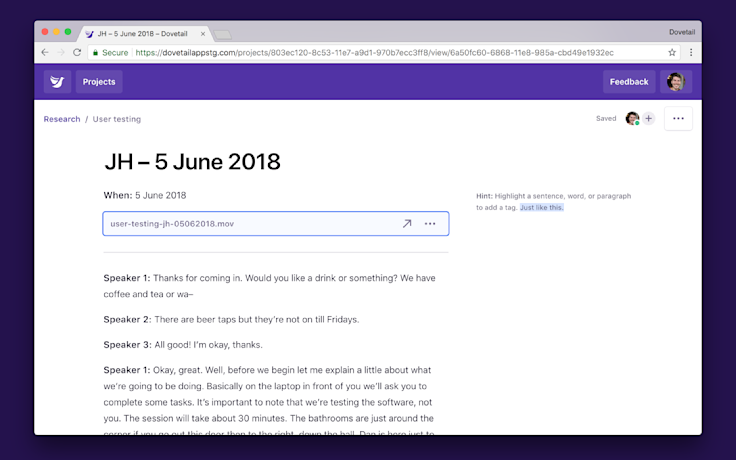
Dovetail centralizes interview notes, clips, and tags in one collaborative workspace. Its strength is organization—especially for large teams managing hundreds of research assets.
Why it stands out:
Best for: In-house research teams that want to manually analyze lots of qualitative interviews.
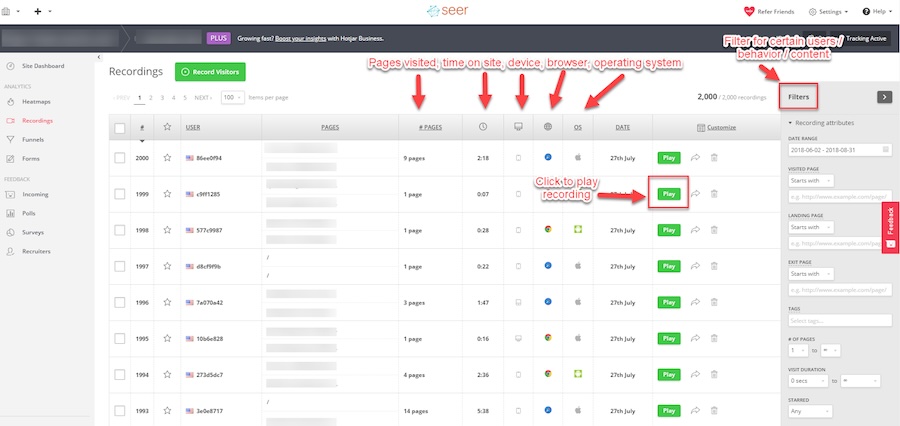
Hotjar combines heatmaps, session recordings, and on-page surveys to help you understand what users do and why they do it on your site.
Why it stands out:
Best for: Product managers and growth marketers improving UX and conversion funnels.
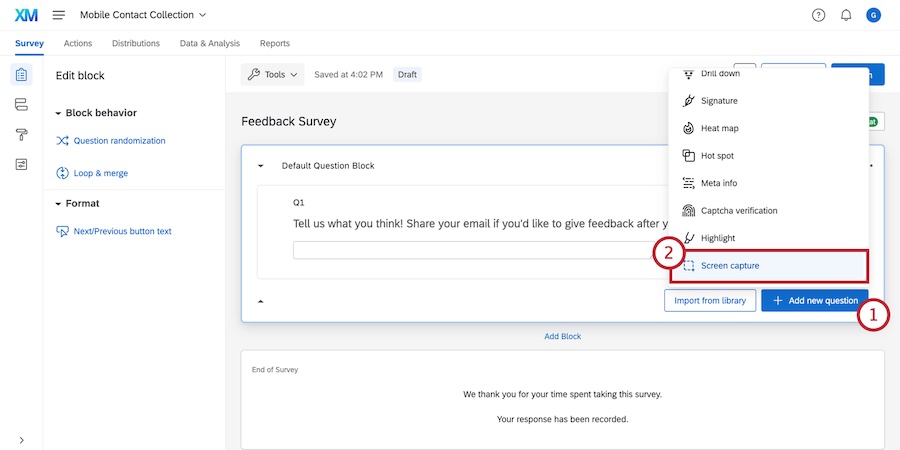
A leader in the experience management space, Qualtrics offers robust survey, analytics, and predictive intelligence tools—ideal for enterprise-scale insights.
Why it stands out:
Best for: Large organizations with complex, multi-segment research needs.
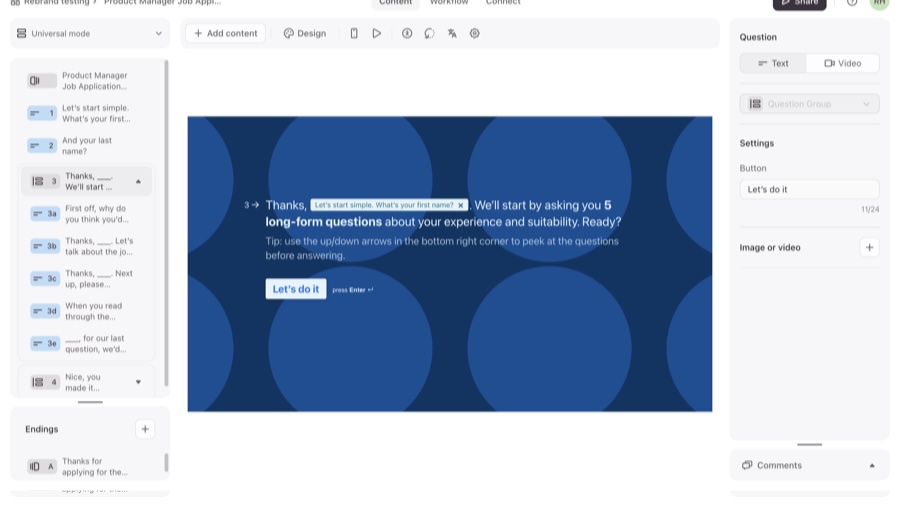
Typeform reimagines surveys with conversational flow and clean design that feels human. It’s perfect for collecting both quantitative and open-ended feedback.
Why it stands out:
Best for: Marketing and product teams running customer satisfaction or onboarding surveys.
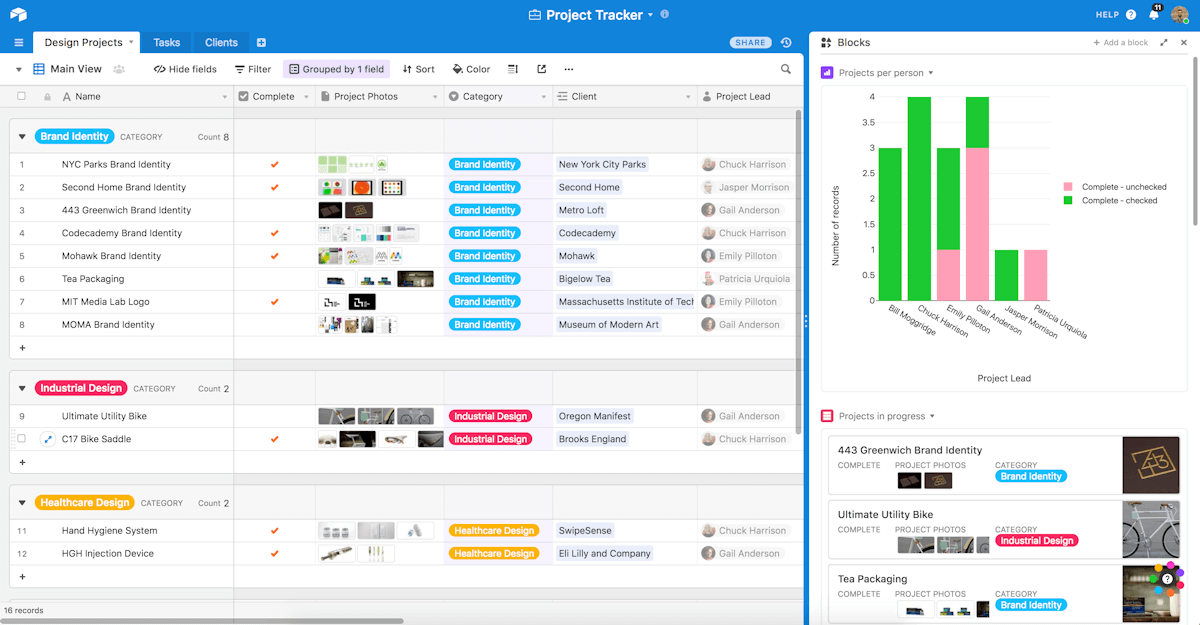
Think of Airtable as a hybrid between a spreadsheet and a database. Many research teams use it to organize user data, tag responses, and collaborate on insights.
Why it stands out:
Best for: Teams that want a customizable, visual database for research ops.
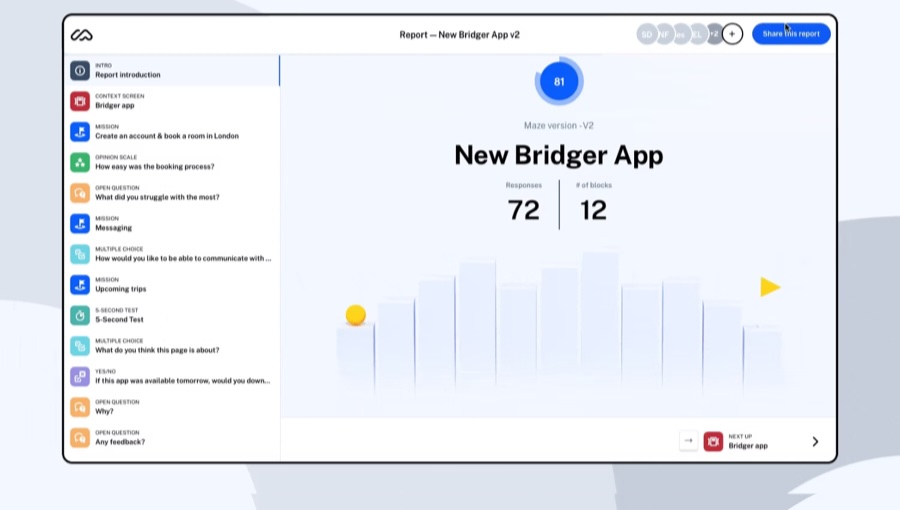
Maze turns design prototypes into instant user tests with actionable analytics.
Why it stands out:
Best for: UX designers and product teams running fast iterative tests.
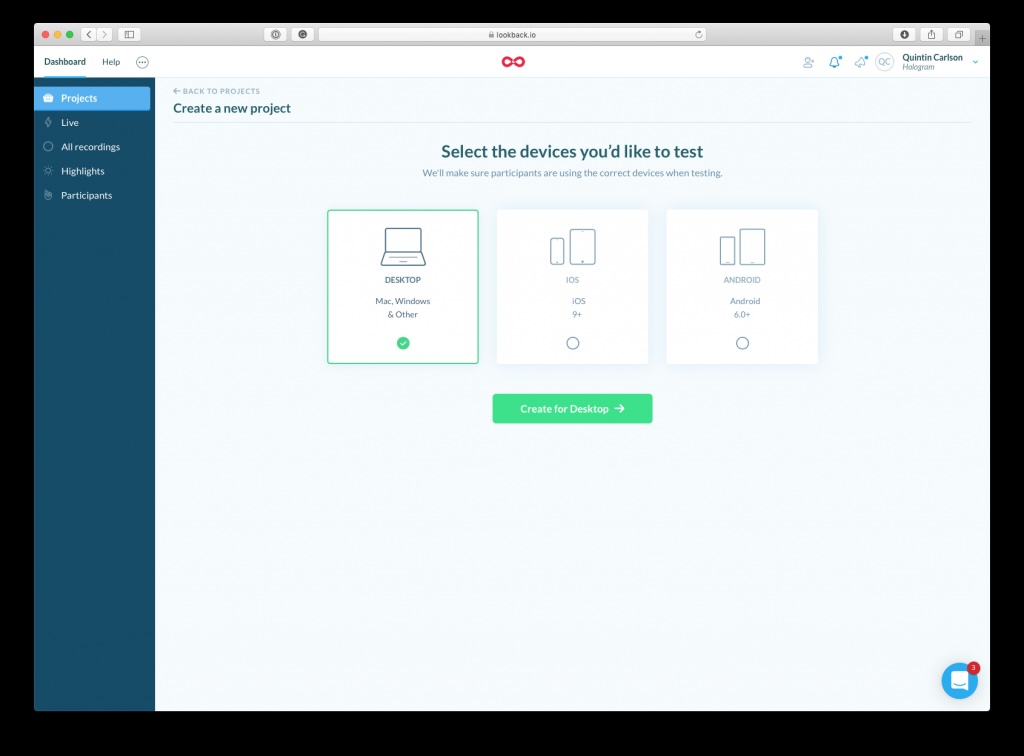
Lookback enables researchers to observe participants using products in real time, with features like session recording, note tagging, and team collaboration.
Why it stands out:
Best for: UX teams conducting moderated interviews and usability sessions.
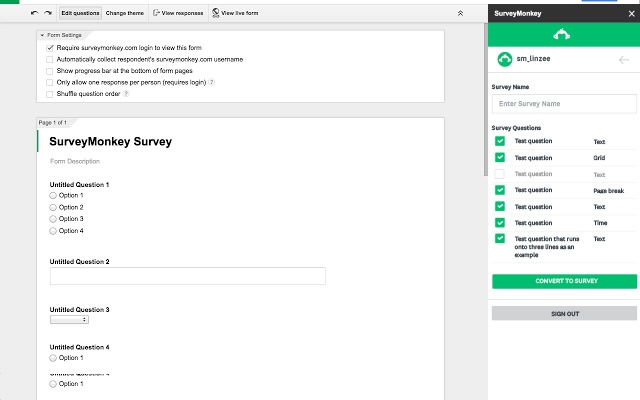
A trusted classic for surveys, SurveyMonkey offers broad reach, solid analytics, and easy templates for all types of customer research.
Why it stands out:
Best for: Teams running large-scale customer sentiment or brand awareness surveys.
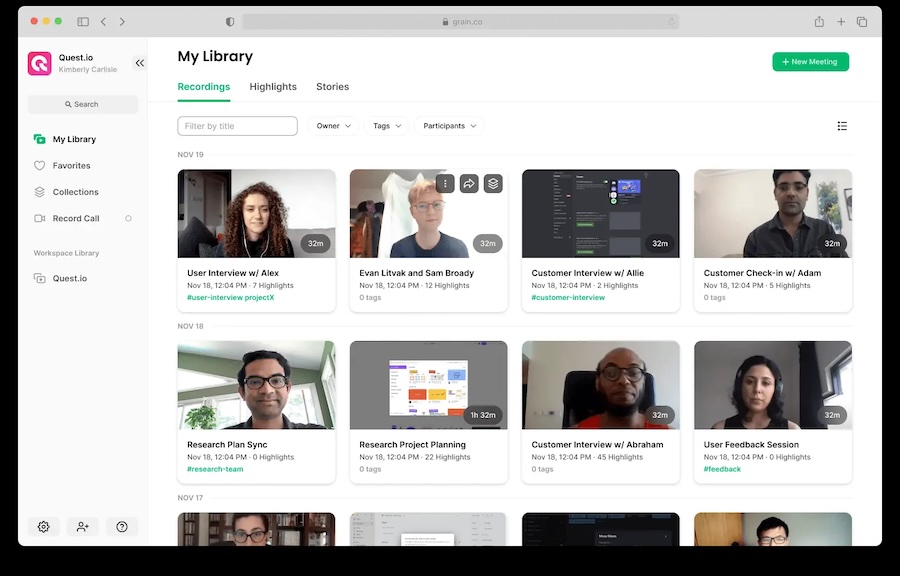
Grain captures Zoom, Teams, and Meet calls and automatically summarizes key moments, making it easy to build highlight reels or share customer quotes.
Why it stands out:
Best for: Sales, success, or product teams reviewing customer conversations.

Delve provides a user-friendly platform for coding qualitative data—great for academic-style research or deep interview analysis.
Why it stands out:
Best for: Academic researchers or insight analysts focusing on text-based data.
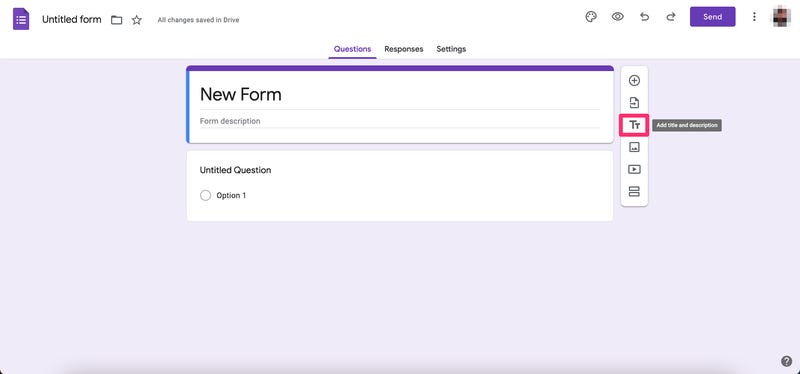
For scrappy teams, combining Google Forms with Sheets and Gemini (or ChatGPT) can deliver quick insights without expensive software.
Why it stands out:
Best for: Early-stage startups or teams experimenting with basic research.
When evaluating tools, ask yourself:
Customer understanding shouldn’t be a quarterly project—it should be a living system. The most innovative companies are shifting to always-on research, where feedback flows continuously and AI handles the heavy lifting of analysis.
With tools like Usercall, Dovetail, and Hotjar, your team can blend human empathy with machine-level speed—getting to real insights faster than ever before.
Start with one small workflow: replace one survey with a voice interview, or auto-analyze one month of open-ended feedback. You’ll be amazed how much deeper and more actionable your customer understanding becomes.